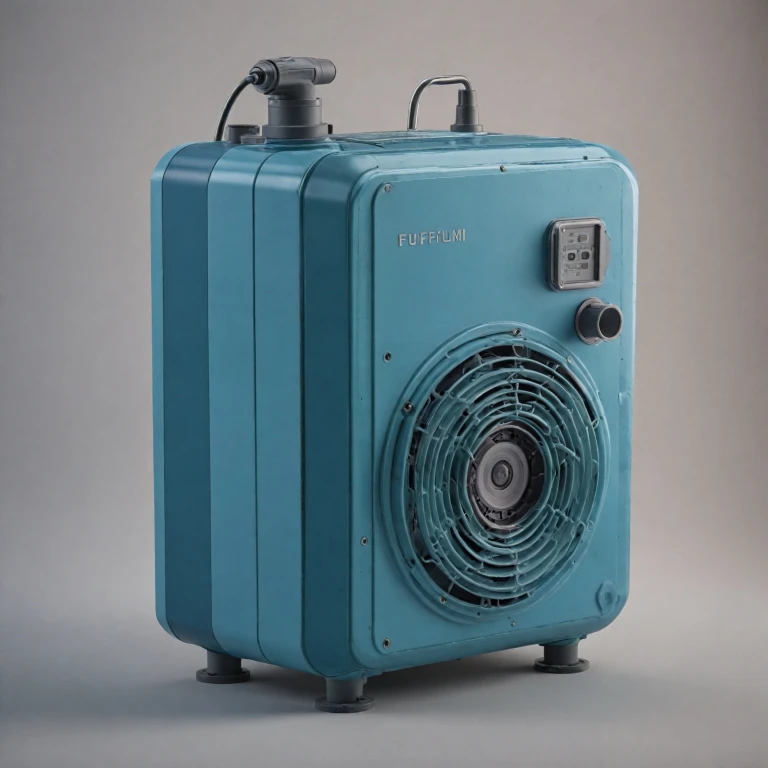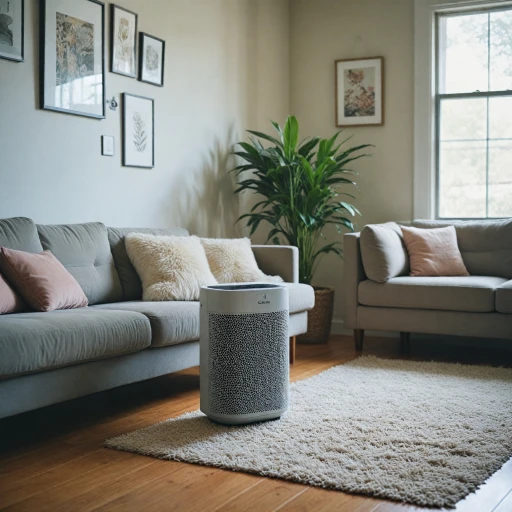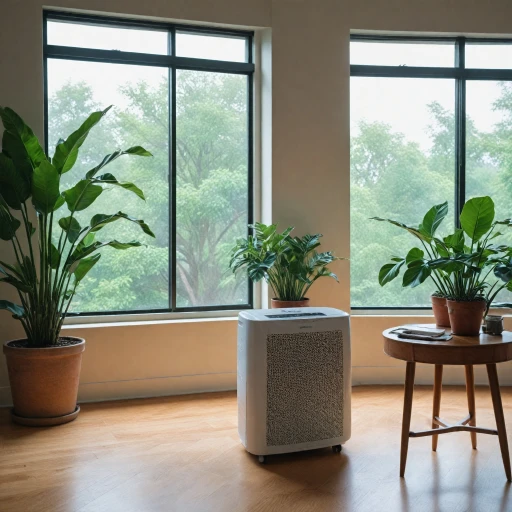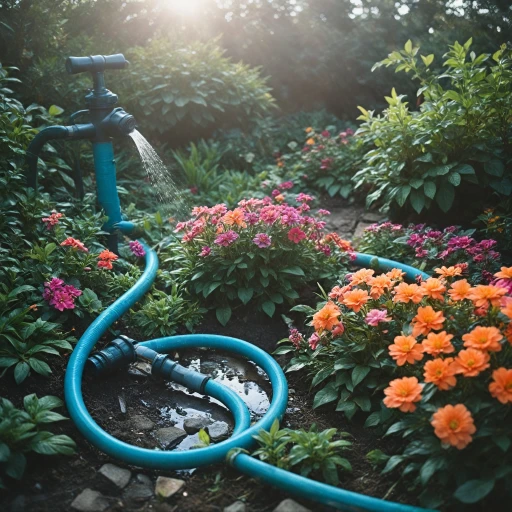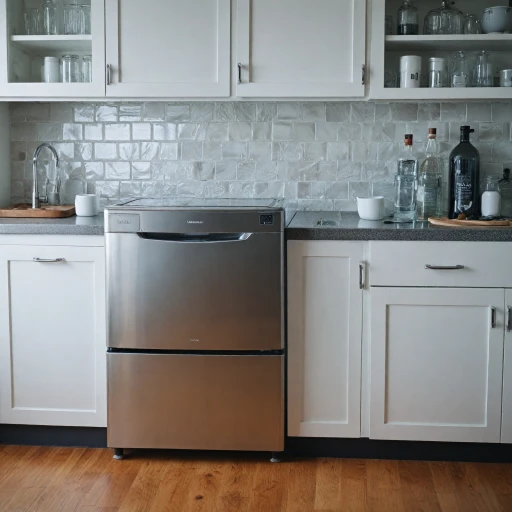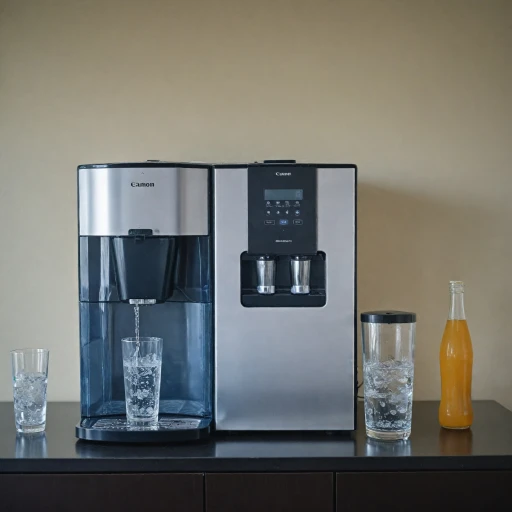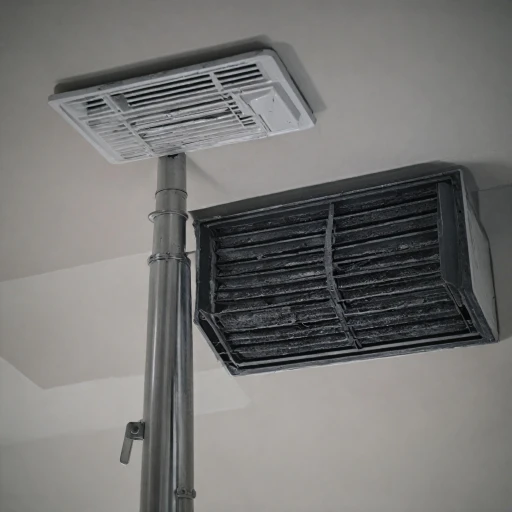The Basics of Air Purifiers and Dehumidifiers
Basics of Air Purifiers and Dehumidifiers
Welcome to the world of air purifiers and dehumidifiers, your two trusted sidekicks in creating a comfy, clean environment at home or business. These essential product companions work wonders to improve that musty crawl space or damp basement by combating moisture and purifying the air you breathe. But what sets them apart? Let's break it down.
An air purifier focuses on filtering the air, removing particles like dust, pollen, or smoke. It's a handy device to have if you suffer from allergies or just want fresher breathing space. They come in many forms, including commercial units and small desktop versions, often boasting certifications like Energy Star for energy efficiency.
On the flip side, a dehumidifier hones in on moisture levels, removing water from the air. Whether it's a condensation-laden bathroom, a basement prone to water damage, or a small crawl space, this gadget helps maintain optimal humidity levels. Particularly useful in places with frequent condensation or water heater proximity. Dehumidifiers also have counterparts equipped with built-in pumps, like a condensate pump, to effectively manage water discharge and prevent leaks.
When purchasing a dehumidifier, features like a safety switch and drain kit are important considerations, ensuring smooth operation without risk of overflow. The inclusion of a sump pump or a water pump makes a pump dehumidifier practical for continuous operation, especially in places with consistent high humidity. You can even find compatible drain hose kits on online platforms such as Amazon, perfect for effective water removal.
Interested in a deeper understanding of managing moisture in tricky spaces? Check out effective strategies for dehumidifying your garage for more insights and practical tips.
Why Dehumidifiers Need a Pump
The Need for a Pump in Dehumidifiers
Picture this: summer heat, high humidity, and a dehumidifier that just keeps running. It pulls moisture out of the air, but what about all that water collected? That's where the pump steps in.
A pump in dehumidifiers has one main job: moving water. Specifically, it transports the accumulated water from the dehumidifier's tank to a convenient drain or out into your garden, saving you from frequent emptying duty.
- Water Removal: A dehumidifier works tirelessly in your basement or crawl space to prevent water damage. But once that water's collected, without a pump, it has nowhere to go.
- Efficiency Boost: A dehumidifier with a built-in or external pump can operate without interruption, draining condensation continuously and making your space more comfortable with less effort on your part.
Frequency of Use and the Role of Condensate Pumps
For those dealing with high humidity spaces, like basements in need of a good dehumidifying, a condensate pump can be a game changer. Especially in businesses needing consistent moisture control, such as storage facilities or gyms, the pump can quickly become an unsung hero.
- Basement Dampness: Busy with work or family? Minimize the hassle of emptying buckets with a condensation pump in your dehumidifier system.
- Space-Conscious Solutions: Investing in a commercial dehumidifier with a pump is smart for high-humidity areas—less manual labor, more cost-effective dehumidifying.
Types of Pumps Used in Dehumidifiers
Exploring Different Pump Types in Dehumidifiers
Diving into the world of dehumidifiers, you'll find several types of pumps designed to enhance your dehumidifying experience. Each has its unique features and benefits, so knowing the differences will help you pick the perfect match for your needs. Let's break down the common types of pump systems that bring life to these essential devices. Firstly, there's the built-in condensate pump. This pump is an all-time favorite for those who want a hassle-free solution. It's integrated right into the dehumidifier, saving you from buying a separate unit. This nifty feature is excellent for moving water automatically out of your basement or crawl space. But always remember, having a built pump means you'll need easy access to a drain spot, like a sump pump or a water heater area, to send away all that condensed water. Then, there's the external condensate pump kit. This option suits those who might want more versatility or already have a dehumidifier without a pump. It connects via a drain hose, allowing water to flow out to any convenient drain spot. A quick view of options online, like on Amazon, will reveal various reasonably priced kits. But mind the details: the setup may require extra space and manual engagement, not to mention careful reading of the installation specifics. Don't forget about the commercial dehumidifiers with powerful pumps designed for heavy-duty water removal. These machines are your go-to choice for larger, industrial spaces facing massive condensation issues. Armed with a high-capacity water pump, these units effectively tackle areas prone to significant moisture, like warehouses and manufacturing plants, ensuring no surprise water damage. Each pump type caters to different needs, from small basement devices to business setups dealing with spots like underfloor crawl spaces. Consider the ease of use, price, and installation when selecting a pump for your dehumidifier. Always ensure that your product comes with a safety switch to prevent overflow disasters. For more insights on maintaining your air systems, learn how tape zippers can improve air duct sealing <strong>here</strong>.Benefits of Using a Pump with Your Dehumidifier
The Advantages of Having a Pump in Your Dehumidifier
When you're dealing with persistent moisture in your home, especially in areas like the basement or crawl space, a dehumidifier with a pump can be a lifesaver. Think about those soggy carpets and damp walls. Miserable, right? That’s where a built-in pump comes in, offering sweet, sweet rescue. A dehumidifier equipped with a condensate pump efficiently removes water without requiring you to manually empty the water reservoir. This is particularly beneficial in spaces where a floor drain is not convenient or, worse, non-existent. Let's break down some of the perks:- Convenience: Whether it's a basement dehumidifier or a commercial unit you're eyeing, a dehumidifier pump automatically directs water to a sink, sump pump, drain hose, or external drainage point, saving you from the tedious task of emptying tanks. Convenience is the MVP here.
- Extend Your Reach: With a reliable pump kit, efficient water removal can happen whether it's a small crawl space or a larger hvac-equipped area. No more worrying about the dehumidifier getting too full and shutting down.
- Safety First: Many models feature a safety switch that prevents water overflow. This nifty pump safety measure protects your home from unexpected water damage.
- Perfect for Large Spaces: For those of you with sprawling basements or commercial spaces, a dehumidifier with a powerful condensate pump offers solid reliability at a price that won’t scare you off. It's a smart choice, whether you're purchasing for business needs or just taming the attic beasts.
Installation and Maintenance Tips for Dehumidifier Pumps
Getting Started with Installation
Installing a pump in your dehumidifier can seem like a big task, but with the right steps, it’s a breeze. First, ensure you have all the necessary components, like a pump kit and a drain hose. These can often be found online on platforms like Amazon, where you can easily add them to your cart. If your dehumidifier didn’t come with a built-in pump, you might need to purchase a condensate pump separately.
Steps for a Smooth Installation
- Read the Manual: Before you start, take a few minutes to read the product manual. It will guide you through the specifics of your model.
- Position the Pump: Place the pump in a stable position, preferably in a basement or crawl space where water tends to accumulate.
- Connect the Drain Hose: Attach the drain hose to the pump and ensure it’s directed towards a suitable drain or sump pump.
- Power Connection: Plug in the pump and ensure it’s connected to a reliable power source. Some pumps come with a safety switch to prevent water damage, so make sure it’s functioning properly.
Maintenance Tips for Longevity
Regular maintenance is key to keeping your dehumidifier pump in top shape. Here are some tips:
- Check for Blockages: Every few months, inspect the drain hose for any blockages. A clogged hose can lead to water overflow.
- Clean the Pump: Periodically clean the pump to remove any build-up from condensation. This can help prevent malfunction and extend the life of the pump.
- Test the Pump: Regularly test the pump to ensure it’s effectively removing water. If you notice any issues, consult a professional or check the warranty if the product is still covered.
Considerations for Commercial Use
If you’re using a commercial dehumidifier, the stakes are higher. Water removal efficiency can impact business operations, so investing in a high-quality pump is crucial. Look for Energy Star rated products for better efficiency and lower energy bills.
Remember, a well-maintained pump not only enhances the performance of your dehumidifier but also protects your space from potential water damage. Whether it’s for a small home setup or a large commercial space, the right pump can make all the difference.
Choosing the Right Pump for Your Dehumidifier
Picking the Perfect Pump for Your Dehumidifier
Choosing the right pump for your dehumidifier isn't just about getting rid of water; it's about making sure your space stays comfortable and dry. Whether you're dealing with a basement, crawl space, or a small room, the right pump can make all the difference.
Consider Your Space and Needs
First, think about where you'll be using your dehumidifier. A basement dehumidifier might need a stronger pump compared to one used in a small room. If you're dealing with a crawl space, a condensate pump is often a good choice. It efficiently handles condensation and keeps the area dry.
Types of Pumps
- Condensate Pump: Ideal for spaces where gravity drainage isn't possible. It collects condensation and pumps it out, preventing water damage.
- Sump Pump: Best for larger areas or commercial dehumidifiers. It's powerful and can handle a lot of water removal.
- Built-in Pump: Convenient for those who want an all-in-one solution. It simplifies the setup process.
Features to Look For
When shopping, keep an eye on features like a safety switch, which prevents overflow, and a drain hose for easy water removal. Some pumps come with a kit for quick installation, making it easier to set up and maintain.
Price and Brand Considerations
Price is always a factor. You can find a range of options on platforms like Amazon, where you can read reviews and compare products. Look for brands that offer Energy Star-rated pumps to save on electricity bills.
Personal Stories and Use Cases
Many homeowners have shared stories of how a pump transformed their damp basements into usable spaces. Business owners often use commercial dehumidifiers with pumps to protect their inventory from water damage.
By considering your specific needs and the features available, you can find a pump that not only fits your dehumidifier but also enhances its efficiency. Whether you're dealing with a small room or a large commercial space, the right pump will keep your environment dry and comfortable.
